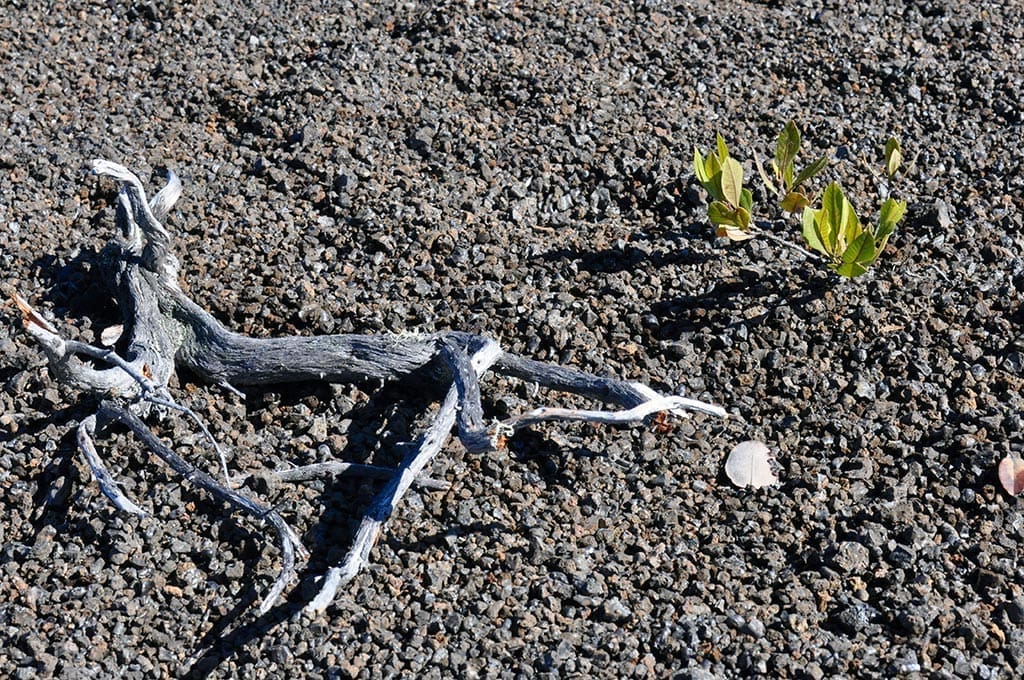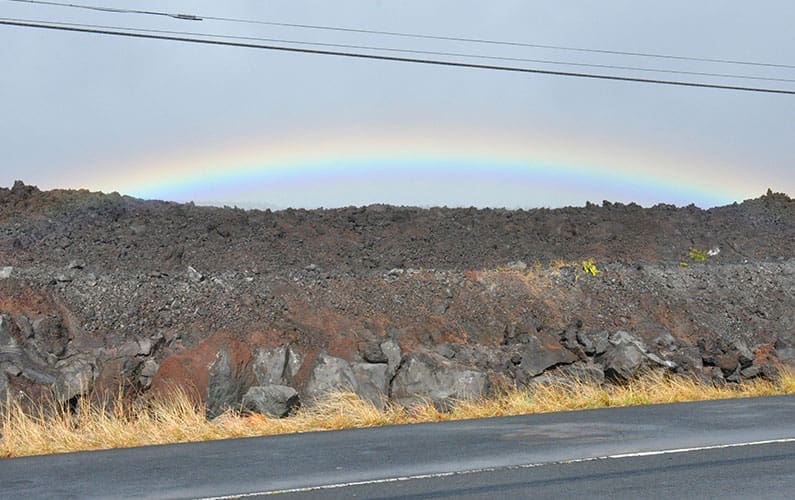Creative Time

I am very grateful for the creative time of this residency. While I usually compose music in the narrow windows of time between teaching, grant writing, and other duties, this has been a welcome month of greater focus on the creative process. I have been able to read more, experiment more with ideas, and breathe in the ocean air. This is necessary because making beauty doesn’t always fit into the rhythms of my life back on the mainland.
Painters make beauty on canvas. Sculptures make beauty in stone. Poets place beautiful words on the page. Composers arrange sounds, rhythms, and words on the canvas of time. Each musical note either anticipates or follows another. Together they guide the listener through a musical story that charts the unfolding emotional landscape of our souls. Music remind us that some kinds of truth can only be understood by watching, listening, and waiting over time. You can’t just skip to the end. The journey itself is part of that elusive truth.
Sense of Time
We are governed by shorter and shorter measurements of time. For most of human history, the most important measures of time were the seasons, months, and days because they defined the cycle of planting and harvesting. The movements of planets and moons make up our agricultural clock. Over the last two centuries, our lives have become governed by diminishing increments of time to hours, to minutes, to seconds and even smaller. These measurements are determined mostly by human-made machines, not nature. A medieval farmer would have trouble understanding the visceral burst of anger that erupts from waiting an extra 1.5 seconds for a webpage to load on a slow internet day.
I often struggle with the ways we talk about our relationship to the earth and much of it has to do with our sense of time. If we see the Earth as a warehouse of stuff for humans to take and use, then we make decisions based on a calculation of short-term profit. If we see the earth as an evolving, complex system that we depend upon, then we make decisions based on how best to support that system over the long-term. This second choice begs a deeper relationship with the natural world that goes beyond the pragmatism of mere survival.
It doesn’t take long to explain the economic argument for the extraction and/or abuse of natural resources. We can make money. We can create jobs. However, we need much more time to explain why we feel a need to escape our schedules, finances, politics, and worries to go walk in the woods. We often feel better after the walk, but we can’t put words on it. Somehow, the trees, the wind, the water and the dirt help clarify the clutter of our daily pressures, all of which have been created by humans and things that humans make. In ways that often defy description, the forces of nature simultaneously remind us of our small place in the grand scheme of things and our connection to it. The vast complexity of a forest unveils our interdependence and curbs our self-interest.
Since short term solutions need only sound-bites and long-term solutions demand a longer conversation, our abstract struggle to articulate the sustainable value of the land all too often fumbles forward and falls flat. Our digital lives give us daily instruction on how to speak in 240 characters but don’t give us as many examples of long-form communication.
Therefore, if bigger and bigger chunks of my life are governed by algorithms moving faster than my brain, how can I possibly wrap my mind around the long-term effects of climate change? To use a financial metaphor, if I am worrying about today’s paycheck, how can I imagine setting aside a couple dollars for retirement?

The Natural Rhythm of Hawai’i
Hawai’i’s Big Island gives my short-term vision a little help. While there is plenty of long geologic history to study, the island also grows and changes in real time. A drive down Route 11 takes me through constantly changing landscapes. Barren lunar surfaces of recent lava flows give birth to the first sprouts of the ohi’a tree. Another mile down the road gives me some transitional land boasting the first round of diverse plant life. In the same glance, I can see mountain slopes with a mosaic of diverse shade of green, radiant flowers, and tall fruit trees revealing the regenerative power of the planet in full bloom. The natural rhythms of Hawai’i are tangible and observable to this human fixated on much shorter time frames. The land of my home in upstate New York is constantly changing, but it takes a studied eye to see it. Here, the earth shows us the drama in short-enough increments for even a composer to notice.
While the Big Island offers some help in understanding a changing Earth, the National Parks Arts Foundation offers time for artists to explore new relationships with the natural world. It takes time to paint a painting or write a symphony. It takes time to choreograph a dance or write a screen play. This creative time often defies the demands of our racing digital stop watches. We often don’t know what the song will sound like until it is done. Both a human artists and the skilled hand of geologic forces need time to create beauty.
The Artist and Climate Change
We need help from visual artists, writers, dancers, actors, media artists, and musicians to help nurture our scientific identity. Along with scientists and policy makers, the artist holds a vital role in this era of increasing climate awareness. Their artworks speak to a fully integrated human mind and spirit with its logic and emotion, pragmatism and dreams. These are the skilled professionals uniquely suited to invite us into the natural world and help us find our place within it. While our policy should be informed by the best scientific research available, we need artists to move our minds and hearts from old, destructive ways of doing things. It takes time to move attitudes, laws, policies, and habits. Let us invest in both scientists and artists to lead us in the practice of watching, listening, and waiting necessary to creative time.

